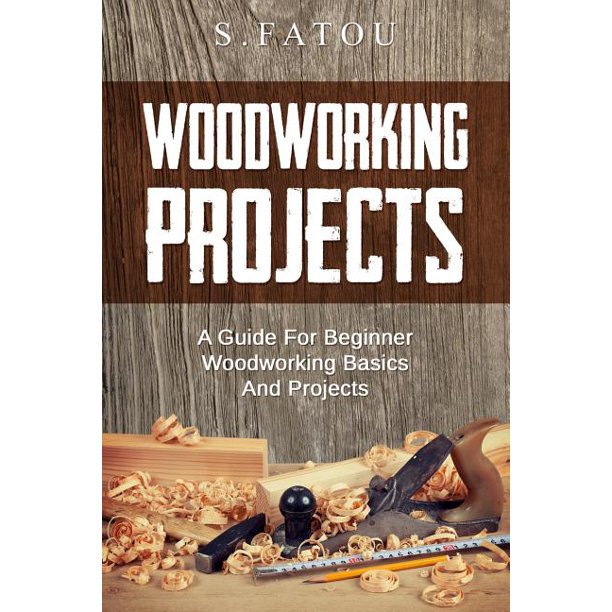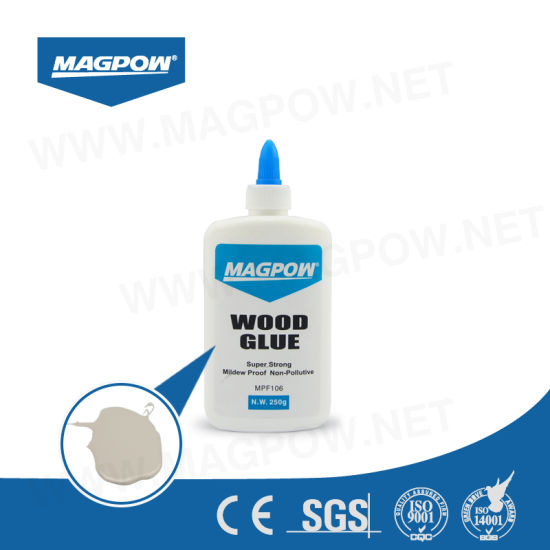
You need to be aware of several things before you begin painting plywood. There are three main types of paints: Oil-based, Chalk, and Marine. You should use one of these paints if you want your finished plywood project to last. Before you decide on a paint, prepare your plywood. You must first apply joint compound before applying paint. Joint compound enhances the durability your paint.
Primer
You must prepare the surface before you paint your plywood project. Primer for plywood paint is essential to ensure that the end product is sturdy and durable. You have two options: prepare the plywood whole or sand it to smoothen it. Paint jobs can be difficult if the plywood is not properly prepared. You should always check that the plywood sheet is not made of high-grade hardwood. To save paint, you can tint the primer to your desired color.
Rust-Oleum Painter’s Touch primer can be used for DIY projects. This oil-based primer dries in about one to two hours, and it is odorless. It is only suitable for surfaces above the waterline. It can be painted once the primer is dry. To ensure a smooth, flawless surface after applying primer, lightly sand it.

Oil-based paints
An oil-based paint is the best choice for plywood. Oil-based paints are more resistant to water penetration and therefore are the best for painting plywood. This paint can also be used to fill in any cracks, especially in plywood that is more rough. Before you pick your paint, these are some points to consider. Use the right primer for your paint:
Primer helps the paint adhere to the plywood. Sand the surface with a fine-grit paper and ensure that dust is removed completely before you begin painting. Priming allows paint to adhere to surfaces and will reduce the need for paint. It is important to choose a primer that matches the paint you are using. Primer can also be used to ensure paint adheres to plywood.
Chalk paints
Use a sealer to protect your plywood when you're painting it. Chalk paints, unlike traditional paints, don't come with a sealer. This can make them more susceptible to staining. A wax coating will prevent water from getting in the finish. You should combine a 500-milliliter can of wax with three or four litres worth of paint to make a wax sealer.
Chalk paints can be used on plywood for many reasons. However, there are some drawbacks. Lack of luster is the most obvious disadvantage. You can remedy this by buffing. After painting, buff the finish to achieve a high gloss finish. Chalk paints are matte, which is equivalent to a satin-finish. Furniture wax can be used to seal the product.

Marine plywood
There are several methods of painting marine plywood, including spray painting and brushing. You will get a smoother job with a rolling brush and a brush. However, drips can be caused by using a brush. You should always start at the top when painting marine plywood. Then work your way downward. Paint too much of a particular area can cause excessive dripping. A light coat of paint should be applied to the entire surface and left on for at least overnight.
Before you start painting, ensure that the material has water resistance. Marine Plywood is made from multiple layers of softwood. In general, you will need several coats. Your experience with painting will dictate how many coats you should apply. You can sand the surface before applying the next coat. If you don't feel confident painting Marine Plywood yourself, you can hire a professional.
FAQ
How much should a hobbyist invest to get started?
To start your own woodworking company, you will likely need capital to purchase the necessary tools and other supplies. The best place to start is by buying a small drill press, circularsaw, circular saw or sanding machine. These items aren't very expensive, so you won't break the bank.
Can I make my living doing this job?
Yes! In fact, many woodworkers already do. According to U.S. Bureau of Labor Statistics (BLS), woodworkers earned a median annual salary of $34,000 in May 2012. That's higher than the national average of $31,000 per year.
Do you have any advice on how to start a woodworking business.
Starting a woodworking business is a lot of work. You won't mind working hard if your hobby is something you love. Plus, you'll probably enjoy the challenge of running your own business.
When you are launching a new venture, it is important to be aware of the possibility that you will encounter unexpected difficulties. For instance, you might run out of money unexpectedly. Or maybe you'll find that customers aren't willing to pay as much as you'd hoped. These situations are necessary for survival.
Set up a separate account in your bank for your business. You will always know how much money you have coming in.
What material would your recommendation be to learn woodworking?
You can start with softwoods like pine or poplar. These two are the easiest to master, then you can transition to hardwood.
Statistics
- The best-paid 10 percent make $76,000, while the lowest-paid 10 percent make $34,000. (zippia.com)
- In 2014, there were just over 237,000 jobs for all woodworkers, with other wood product manufacturing employing 23 percent; wood kitchen cabinets and countertop manufacturing employing 21 percent. (theartcareerproject.com)
- The U.S. Bureau of Labor Statistics (BLS) estimates that the number of jobs for woodworkers will decline by 4% between 2019 and 2029. (indeed.com)
- Woodworkers on the lower end of that spectrum, the bottom 10% to be exact, make roughly $24,000 a year, while the top 10% makes $108,000. (zippia.com)
External Links
How To
How to drive a nails in wood
It is essential to pick the right size and style of hammer before you can drive a nail in wood. The most commonly used types of Hammers are claw hammers. Each type of hammer has its pros and cons. A claw hammer, for example, is the best choice if you need to hit nails hard. However, it's not easy to know exactly where the impact will land. A sledgehammer is useful for striking large areas at once but too heavy to be effective for smaller tasks.
After choosing the right hammer, place your hand flat against the side of the head so that the handle rests comfortably in your palm. Take the handle and hold it with both hands. But don't press down so hard you injure yourself. You should hold the hammer straight-up, with your wrist still relaxed. You should then swing the hammer straight up, keeping your wrist relaxed. You should feel the impact on the nail from the hammer. Try practicing with a block to help you master the art of swinging a stick.
Hold the hammer near your body until you're ready for the nail to be driven. You will need to position the nail so it is parallel to the wood. Keep your eyes focused directly on the tip of the nail. Then, swing the hammer forward. Next, follow the motion of your hammerhead. Repeat this action several times, gradually increasing the speed of the swing. Once you have mastered this technique, increase the power of your swings. Hold the hammer high above your shoulders and pull it down. This will allow you to exert more energy.
Once you've nailed the first hole, remove the hammer from the nail. To remove the remainder of the nails, you can use a screwdriver/pry bar. Keep the nails heads in line with the surface of the board to prevent splitting the wood.